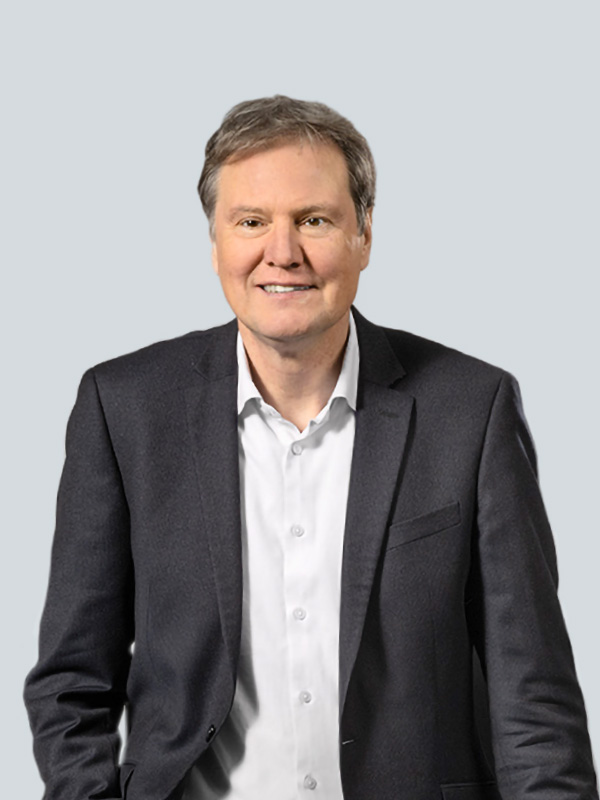Dr. Bertram, 2022 was another year of crises – with the Russian war of aggression in Ukraine, rising inflation and energy prices, and the lingering consequences of the COVID-19 pandemic. How did Symrise overcome all of these challenges?
With sales of € 4,618 million, we achieved an EBITDA margin1 of 20 % in a difficult environment. And what’s equally important to us is the fact that we grew organically and at a faster pace than the competition, with a rate of 11.4 %. We’re therefore approaching our medium-term goals with confidence: By 2025, we plan to achieve annual growth of 5 % to 7 %, with profitability between 20 % and 23 %. By the end of the 2025 fiscal year, we plan to generate sales of € 5.5 billion to € 6.0 billion.
You talk about growth as one of the three pillars of your strategy, the other two being portfolio and efficiency. What conditions are necessary to ensure healthy growth in the Group?
Let’s take a look at the markets first. For example, we increased our sales in emerging markets by more than 40 % as planned – our goal there is 50 %. We’ve also expanded our customer base as a whole without losing sight of our long-term goal. We plan to maintain our balanced portfolio that equally consists of global, regional and local customers, whom we serve from our 100 sites worldwide. New sales channels such as online retail, which is increasingly important, are interesting options for our customers and for us.

